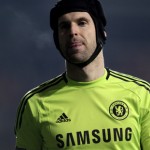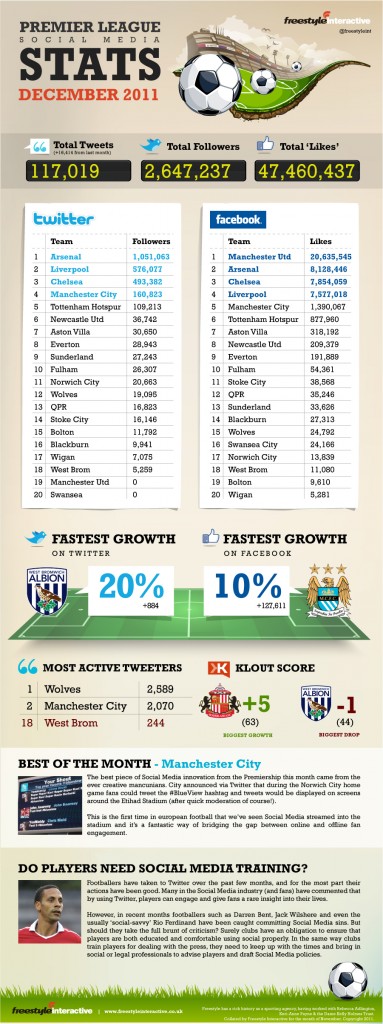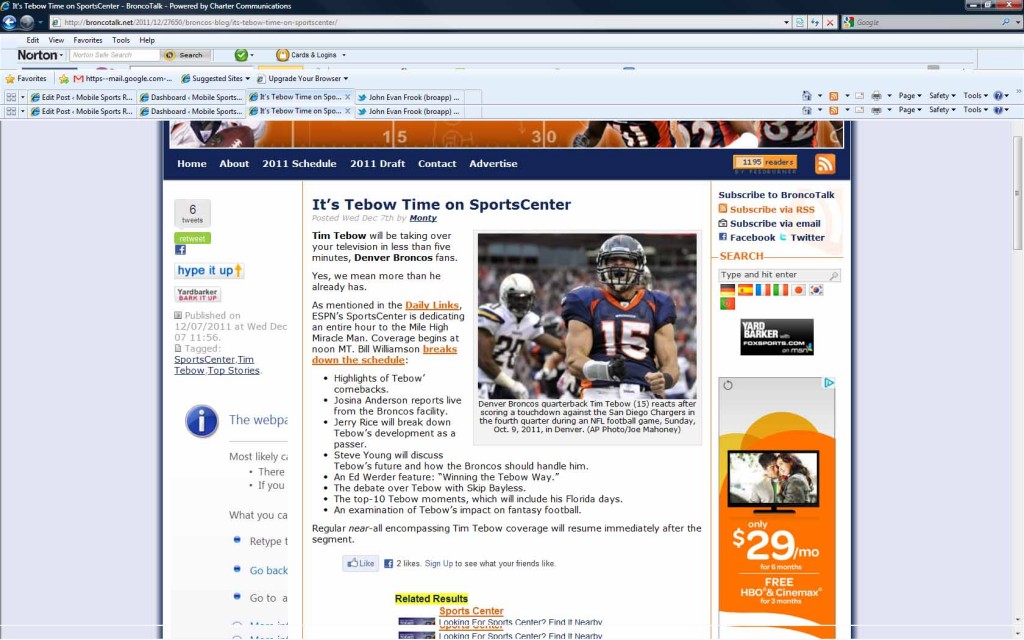DOUBLE SECRET UPDATE: So was USA Today incorrect? Several media outlets (and one observant commenter, below) have now chimed in saying the Twitter ban never happened. Can we get some real reporters in Ohio please?
Our guess — Meyer probably said something like “no Twittering during this meeting.” How is it possible that nobody on the scene ever actually asked Meyer or OSU if there was an official Twitter ban? Guess it is offseason for more than just the players.
In a move sure to clinch the Big Ten championship, new head coach Urban Meyer has banned players at Ohio State from using Twitter. According to USA Today, Meyer made the announcement as part of his formal I’m-here press conference. While the effect of the ban may never fully be understood, without a doubt this is just the first in what Mobile Sports Report expects to be a year full of interesting actions involving players and social media.
The ban was confirmed, ironically, on Twitter by a Buckeyes player, Reid Fragel:
The big question seems to be, who owns the online persona of a player or team employee — the actual human, or the entity who writes the paycheck (or supplies the scholarship)? In the Ohio State case it may just be that Meyer wants to batten down the media hatches but if you extend this kind of thinking further out to the professional realm (where some stars are already reaping extra income from their tweets) it’s probably not too long before we start hearing of contract terms or broadcast rights that include players’ Twitter posts.
Wonder if our friends at places like Public Knowledge have a take on whether or not such a move violates free-speech rights. We’re reasonably sure that the folks at Twitter are not amused. Our guess is that this battle is just starting.
UPDATE: Jason McIntyre over at Big Lead Sports supports Meyer’s move, in part by reasoning that college kids aren’t ready to handle new media. Not sure I agree, but here is his take and the money quote:
I applaud the move by Meyer. College kids who are 18-21 years old are going to make mistakes online. Not all of them can be as bright and articulate and witty as Jared Sullinger (also, it’s significantly easier to keep tabs on 13 college basketball players as opposed to 85 football players).
Hundreds of writers will follow the OSU football players, and anything remotely controversial will blow up into a story. Why deal with those headaches? What, exactly, can the program possibly gain from letting these kids use twitter? If they want to learn how to use social media, do it without all the eyeballs … after leaving school. Then the players’ screw-ups online aren’t OSU/Urban Meyer problems.
At this juncture I would say I disagree — I think hearing about the life from the player’s point of view is interesting, and adults aren’t any smarter about using Twitter than 18-year-olds. If that makes life harder for Meyer, so be it. That’s what the big bucks are for.

















